
Spread the love
Canon cameras have been quite exciting. They offer performance, great colors, good design, and affordability. As the world is moving to mirrorless cameras, we look back at a few options from the company launched before 2015 that still make sense today. If you like cameras from yesteryears, these devices can be really helpful in your journey. How do we know that? Because they are unique even today. Now, let’s dive in.
Canon G11
A retro-looking compact camera, the G11 features a 10MP CCD sensor, DIGIC 4 image processor, and a 5x optical zoom lens (28–140mm equivalent, f/2.8–4.5). There is a 2.8-inch 461k-dot LCD and also SD/SDHC memory cards. The camera has the best point-and-shoot of its time, and the focus works on moving people really well. The on-camera flash is great, and so are the colors from the CCD sensor. If you are looking for a certain appeal, this is the camera to for.
Canon 5D Mark III
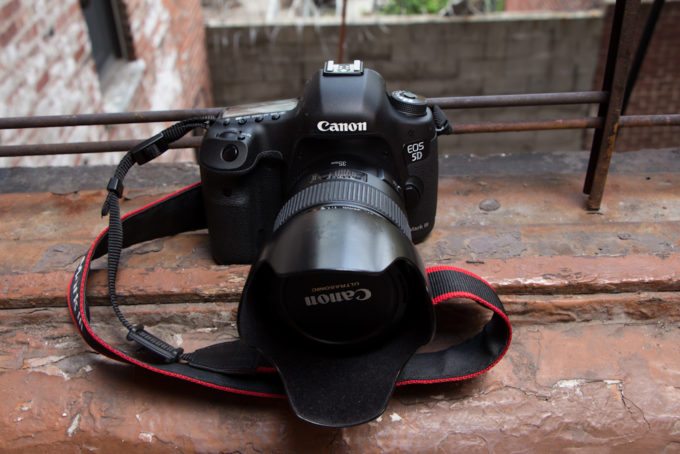
From one of the most popular series, the Canon 5D Mk III is a cult classic. The camera boasts a 22MP CMOS full-frame sensor, 61 autofocus points, a 10,40,000-dot LCD, ISO up to 102,400, and a burst rate of 6 fps. It offers great ergonomics, a quieter shutter, faster fps, and more AF points. The image quality is great, and the camera is also built well. As we said in our review, “The image quality from the 5D Mk III is really second to none. However, I really do have to add that I strongly do not recommend using the color profiles already added to the camera. Instead, make your own.”
Canon G1X Mk II
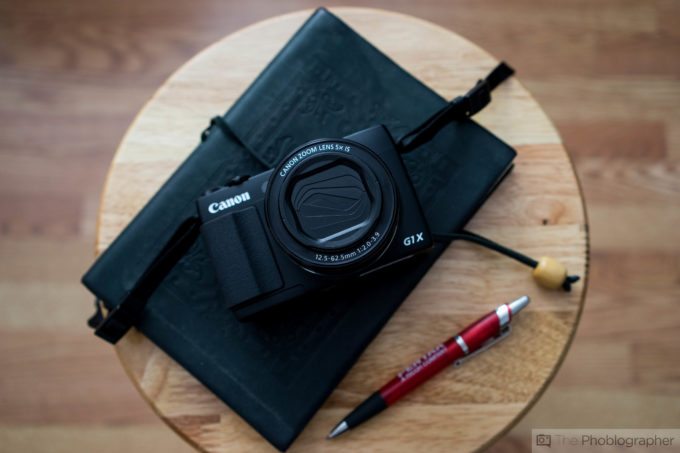
Another point-and-shoot camera from Canon, the G1X Mk II, features a 1.5-inch 12MP CMOS sensor, a DIGIC 6 processor, a 24-120mm f/2-3.9 lens, and a 1,040k-dot LCD. In addition, you get HD video at 30fps, 5.2fps of burst rate, and 14-bit RAW files. The camera excels at its size, making it portable. It also has a better sensor, a sharp lens, colorful images, good controls, and decent high ISO output. As we pointed out in our test, “We’re very smitten with this camera. In fact, as a Canon customer for many years, it gives me faith again that the company may return to try to innovate again like they did years ago.”
Canon 7D Mk II
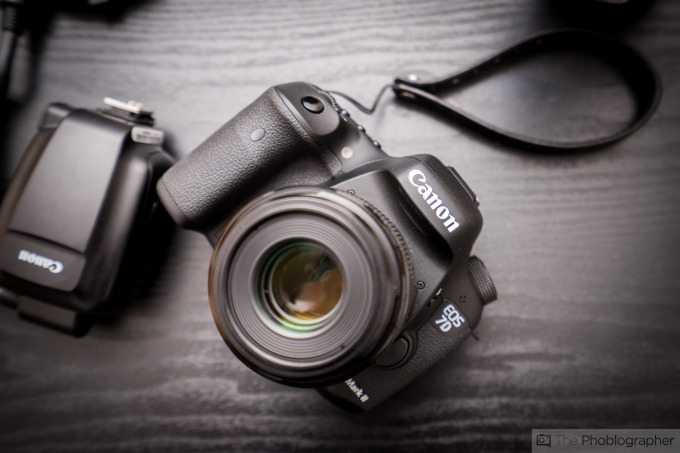
Another exceptional series from the company, the 7D Mk II is a 20MP APS-C camera that includes 65 AF points, ISO up to 51,200, and full HD video recording. In addition, you also get a dual DIGIC 6 imaging processor, a 10fps burst rate, and a 1.04M dots LCD screen. With this camera, you get an excellent autofocus system, a great viewfinder, a fast burst rate, versatile raw files, and weather sealing. There is also exceptional battery life, excellent tracking, autofocus, and great high ISO output.
Canon 70D
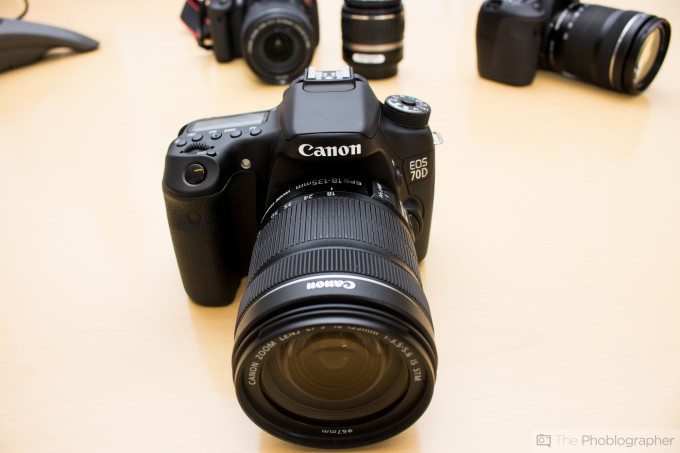
Another APS-C offering, the Canon 70D, features a 20MP APS-C sensor, 19 AF points, and a 1,040,000-dot LCD screen. The camera offers ISO up to 25,600, AF sensitivity to -3 EV, full HD video at 30fps, and a burst rate of 7fps. The 7D Mk II may have an old sensor, but it has blazing-fast autofocus in live view, a nice build, RAW file versatility, and good low-light focusing. It takes good images, too. So, you have everything that you need.
One to Skip: Canon G7x
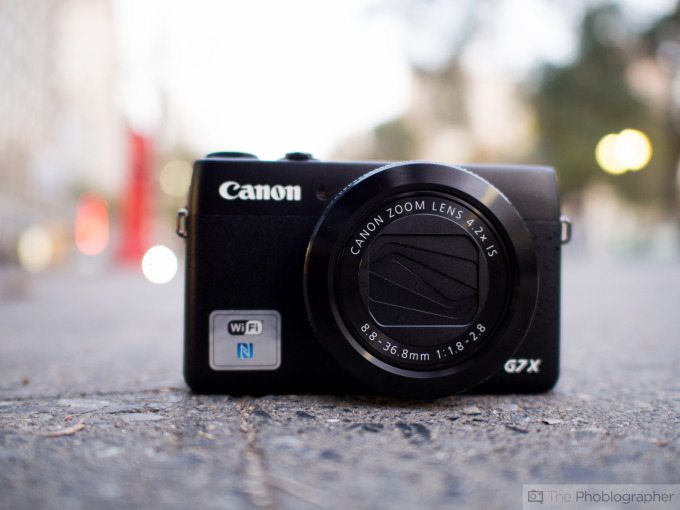
Another point-and-shoot entry, the G7X has a 1-inch 20MP sensor, DIGIC 6 image processor, and has a 4.2x optical zoom lens (24–100mm equivalent, f/1.8–2.8). There is also a 3-inch LCD screen of 1.04 million dots, 1080p video recording at up to 60 fps, and ISO up to 12,800. While it is small, it has a nice body; our major concern was the need for more control dials. There is also how the camera doesn’t feel like a G-series device, and the sensor doesn’t cut it. In fact, the sensor of G1x MK II would make more sense. As we explained, “We’d recommend it for many amateurs. But for anyone else above that, we think that this camera is lacking a lot of what the G series usually delivers to consumers–and much of it comes in the ergonomic controls.”

